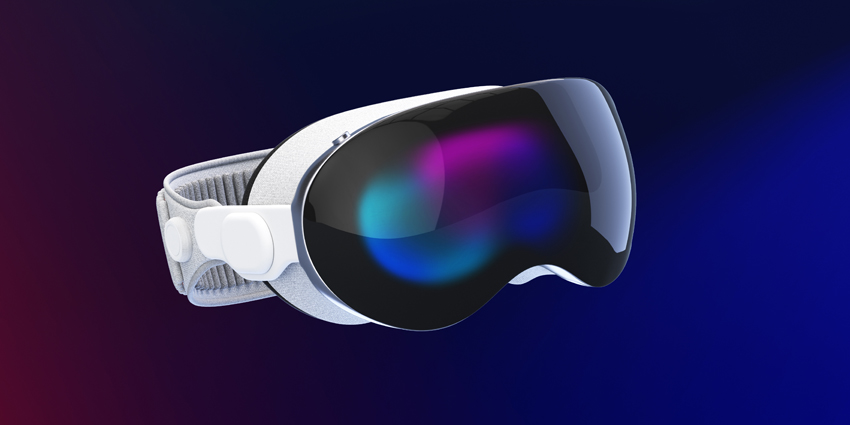Apple has launched its VisionOS software development kit (SDK), which will power its upcoming Vision Pro MR headset. With its debut, the firm enables international developers to practise content development for the device before its US release.
The firm designed VisionOS to provide a foundation for developers to create immersive applications for various enterprise purposes, starting with first-party Apple service and supporting third-party applications and ports.
VisionOS includes three key development concepts: Windows, Volumes, and Spaces. Windows represent the 2D user interface, while volumes are RT3D immersive experiences. Finally, Spaces are the spatial computing environment in which volumes and applications exist.
Apple provides developers with various tools to help them create immersive applications for VisionOS, including SwiftUI, RealityKit, ARKit, Xcode, and Reality Composer Pro. Moreover, Apple is collaborating closely with Unity to leverage its highly accessible RT3D engine. The move also assists in supporting and porting a broad range of pre-existing Unity-based XR applications on the device.
The success of VisionOS will depend on the quality of the applications developed for it. Apple is providing developers with the tools they need to create immersive applications, but it is up to the developers to create compelling content to attract users.
The OS is in its early days, but it won’t be long until the XR space notices some of the creations that could exist on the device. The device is already seeing metaverse integration via Rec Room ports; the opportunities do not end there.
But What Do XR Audiences Think?
In a survey conducted by customer intelligence analytics firm StreetBees, 50 percent of questioned individuals aware of the Vision Pro are excited about the device, and a further 27 percent intend to buy it.
On the other hand, 40 percent of those questioned do not intend to purchase Apple’s device. Meanwhile, a further 33 percent are undecided.
Moreover, the StreetBee study found that the Vision Pro’s price point leads to 54 percent not wishing to buy the product.
StreetBee also discovered that those under 35s hold the most excitement for and are most willing to buy the Vision Pro. However, StreetBees notes that the demographic is generally unaware of the product.
Regarding use cases, StreetBee noted that its questioned individuals are highly requesting gaming, immersive experience, and entertainment applications.







